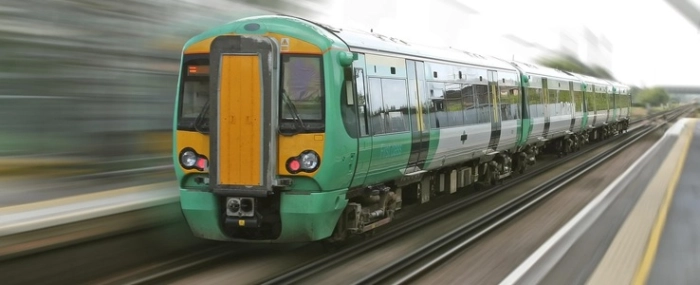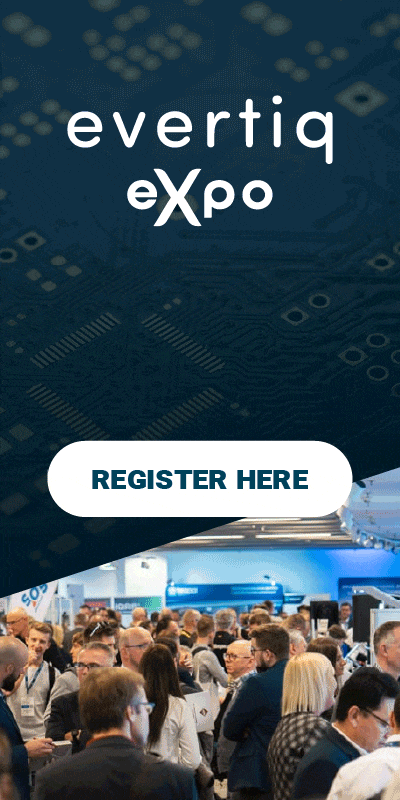
Railway battery market to reach $514 million by 2030
There is a huge demand for railway batteries in Asia-Pacific in the forecast period, driven by China, India and Japan, which are the rail industry hubs in the region.
The global railway battery market is projected to witness a growth rate of 2.8% annually from 2024 to 2030, with an anticipated size of USD 514 million by 2030, according to an analysis by market research firm Stratview Research.
The railway battery market is divided into lead-acid battery, lithium-ion battery, and nickel-cadmium battery. The lead-acid battery is expected to remain the dominant choice in the coming years, while the lithium-ion battery is steadily gaining wider acceptance within the rail industry.
“Among the various battery types, lithium-ion batteries experienced the least decline and are projected to recover the fastest during the forecast period,” Stratview Research said in a media release. “This growth can be attributed to the numerous advantages of lithium-ion technology, including high energy density, low self-discharge rates, and minimal maintenance requirements.”
Based on rail type, the market is classified into regular trains, high-speed trains, metros, monorails & trams, locomotives, rail coaches, and EMUs. Metros and high-speed trains are expected to be the primary drivers of battery demand during the forecast period. High-speed and autonomous trains, which are predominantly powered by power lines, consume substantial amounts of energy. To enhance efficiency and performance, a significant number of energy-saving and storage systems are being incorporated into these trains.
There is a huge demand for railway batteries in Asia-Pacific in the forecast period, driven by China, India and Japan, which are the rail industry hubs in the region.
“China and India boast some of the world’s largest rail networks, while Japan sees the widespread use of high-speed and metro trains as preferred transportation modes,” the report said. “This increasing demand for trains is expected to create substantial opportunities for battery manufacturers in the region.”
Likewise, Europe is poised to offer considerable growth opportunities over the next few years. This growth will be driven by the expansion of high-speed rail networks, stringent emission regulations, and the increasing adoption of lithium-ion battery technology across the region.
Some of the key drivers of the railway battery market listed in the report are increasing rail electrification rates, and adoption of disruptive technologies like IoT, AI, and DAS.
The top market players in this sector are Saft, Amara Raja Battery, Toshiba Corporation, Enersys, Exide, HOPPECKE, GS Yuasa, Zhejiang Narada Power Source, East Penn Manufacturing, and Shandong Sacred Sun Power Sources.
